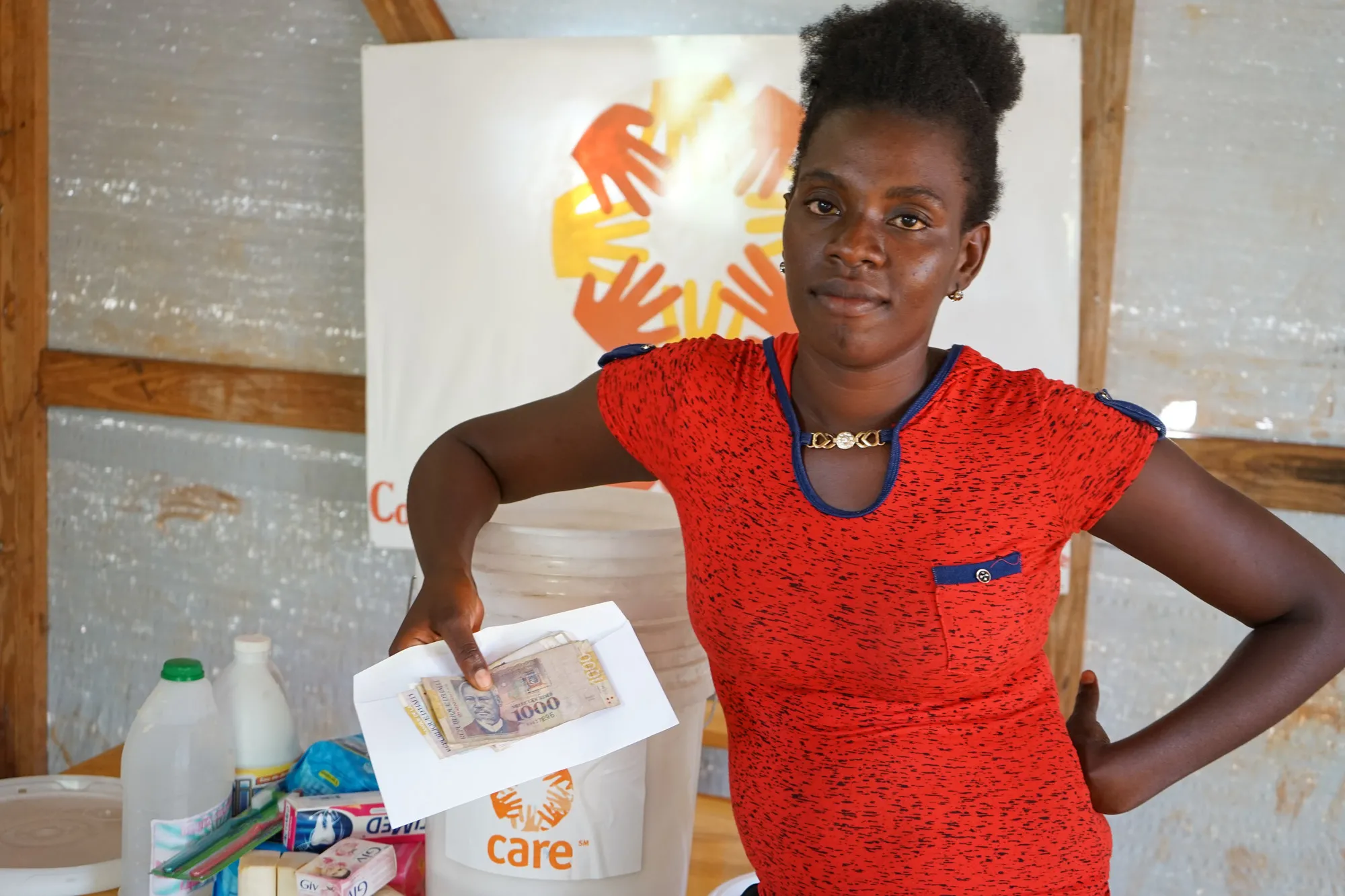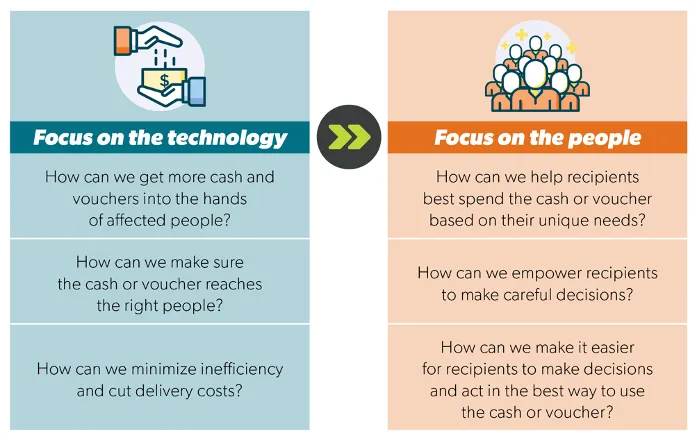Cash and voucher assistance changed humanitarian response forever. In 2015, the High Level Panel on Cash Transfers directed humanitarian agencies to implement unconditional cash transfers at scale whenever possible, and the advice was heeded. Preliminary findings suggest an estimated 60 percent scale-up of total cash and voucher delivery from 2016 to 2018—from US$2 billion in 2015 to US$4.5 billion in 2018. The rise of unconditional cash transfers has had a powerful impact on populations affected by humanitarian emergencies. It has proven to be a strong alternative to in-kind assistance where markets are functioning and can meet demand—it not only provides flexibility to people in need but contributes to dignity as recipients decide how to spend the transfer for themselves and their household, as well as supports small-scale businesses and local economies.
Despite the positive growth of cash and voucher assistance in recent years, the increasing number of people affected by humanitarian crises without a matched increase in donor support has compelled humanitarians to make funding stretch further. As a result, humanitarians continue to ask themselves—how can unconditional cash transfers be made even more impactful and still allow people to best decide and act on their needs? The primary answer to this question in recent years has been innovation in technology and operations most synonymous with electronic delivery mechanisms, involvement of private sector actors, or collaborations and operational models.
But beyond technology, there are more tools within the humanitarian community’s reach to enhance the power of cash and voucher assistance by focusing on the most important people—the recipients. In particular, the field of behavioral science—the science of how people make decisions and take actions in the real world—offers a fresh source of innovation to increase the impact of cash and voucher assistance for recipients.


